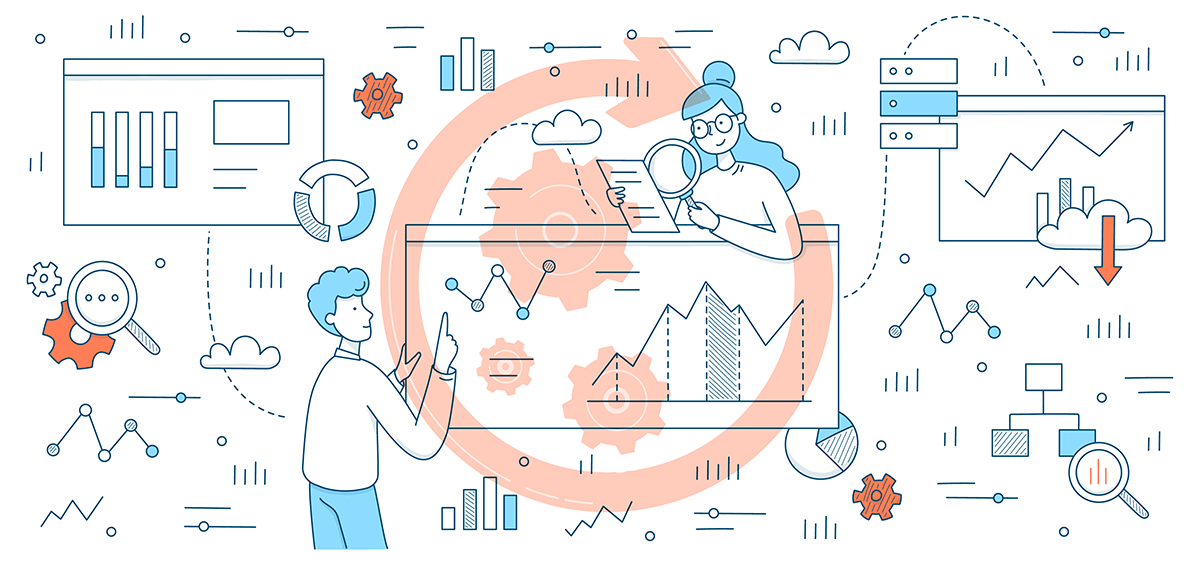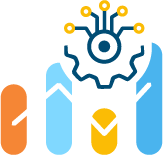When 750+ business and tech leaders from around the world were surveyed this year about their businesses cloud usage, the results said it all. A substantial portion of cloud investments are being wasted.
Respondents estimated that 68% of their cloud spends were being used efficiently. 32% of cloud spends are therefore being wasted, and their cloud projects are also going 13% over budget on average.

What’s worse is that these overspends are avoidable. With the right cloud cost optimization tools in place and a greater awareness and knowledge sharing throughout each company on how to prevent unneeded cloud consumption, the results can be dramatic.
To avoid cloud wastage and reduce cloud costs at bay, teams responsible for the cloud must be able to have visibility at every level. A system must be put in place so that more information sharing occurs among cloud users at a company, as well as one that promotes the opportunity to automate processes.
Automation can provide FinOps teams and cloud-focused professionals with peace of mind, with the ability to lean on rule setting and other features that can more easily prevent overspends or items falling through the cracks.
With automation, cloud cost optimization can occur much more easily and companies can more clearly identify ways to cut cloud costs and unnecessary cloud usage.
Why automation is important
Cloud automation isn’t exactly new. It was named as one of Deloitte’s top trends for 2021 and beyond. Cloud automation can offer real results for IT teams working in both large corporate environments and for smaller companies alike.
Automation can be used in several ways and serve many functions to help with cloud cost optimization. From cost visibility to budget forecasting to legacy cost optimization, automation can come in to help. Automation provides insights and most cloud cost optimization services which offer automation are designed to react instantaneously in certain scenarios to keep teams on track and within budget.
Here are some ways automation in cloud cost optimization can help you greatly.
Visibility into cloud spends
When using multi-cloud strategies, as 76% of companies are – it can be tricky to pinpoint or attribute all of your costs easily. Having a system for automation in place and one that provides a dashboard with which to look at cost allocation and better monitor and produce reports can be key. Automating these reports to be generated and emailed to you and relevant team members on a regular basis can help you to spot overspends before they occur. You can also set up rules so that if spends start to reach a certain threshold, you are notified automatically so you can proactively take action.
Forecasting
Budgeting and forecasting correctly can be complicated for every the most savvy FinOps teams. When you automate your processes and have a system in place to gather historical data and analyze certain time periods or months when jumps are likely to occur, your team will be able to forecast with greater precision. With automation, you no longer need to guess and make rough predictions, but can make more informed decisions based on data to back things up.
Identifying areas for optimization
When you have a clearer dashboard of your overall cloud spend in place and have set up automation rules, you’ll be able to pick out areas that you can optimize more easily. It can be as simple as recognizing which systems can be turned off on the weekends, for example. Many automation systems can also provide helpful recommendations to you for changes to implement.
The difference between manual & automated approaches to optimization
More tools and AI applications continue to be released to remove tedious, manual tasks from your plate. It’s no different in cloud cost optimization.
To optimize manually, it usually involves a deep, time-consuming analysis of uncovering where your costs are coming from, which department is responsible for them, looking into the usage and what’s prime for growth, finding areas where costs can be eliminated and it doesn’t stop there. You’ll then need to look out for overprovisions, develop a formal plan with FinOps team members, work with your R&D team to cut costs, do more analysis, add in a system for governance to ensure resources are being used efficiently and then pray for no surprises in your monthly cloud bill.
Setting up a cost-efficient infrastructure is complicated with so many instances, resources and stakeholders at play with different priorities. However, automating this process can save you serious time and provide you with undeniable data to make informed decisions rather than through guessing games.
Instead, automated solutions can offer to choose cost-efficient instance types and sizes for your apps for you. Plus, they provide recommendations for autoscale resources and help to manage spikes as they occur. With automation tools you can eliminate unused resources, leverage spot instances and manage interruptions smoothly. Automation can also help with storage and backup needs, security, compliance and much more, all live, in real-time.
Automation is clearly becoming the new normal
Automation makes the complicated less complicated. Cloud billing can be a nightmare for even the top finance professionals at your company. Bills are long, difficult to comprehend and they are many – with a bill coming in for each cloud you’re using. Making predictions on your upcoming spends often becomes a guessing game.
There’s no longer a need to manually collect and analyze usage reports blindly. Instead, you can rely on automation to monitor your resource usage, send regular reports, set up alerts and act on alerts to prevent overspends. Using a platform that allows you to aggregate all of the data from all of your cloud spends in one location will simply help you have a clear hold of your costs. Attempting to scale, deploy and configure your cloud services manually often is subject to error, which can impact your availability and performance.
Hystax is one partner which you can enlist to help bring about cloud cost transparency and automate the cloud cost optimization process so your team can work smarter.
How OptScale can help automate cloud cost optimization processes
OptScale is working with a variety of industries to help professionals work more efficiently across the cloud and automate the work that they’re doing. Gone are the days of needing to achieve AWS, MS Azure, Alibaba Cloud and Kubernetes cost optimization all on their own.
Instead, OptScale delivers users with transparency through one pane of glass to be able to view all cloud spends as a whole and get really granular to analyze and identify areas which need attention or cloud usage optimization edits.
Automation tools like OptScale allow users to make more frequent updates with greater transparency offered to them. It greatly reduces the opportunity for human-made errors, decreases infrastructure costs, enhances the security of your systems and provides backup processes. To optimize cloud costs, OptScale offers users IT environment management, cost anomaly detection and free cloud and Kubernetes cost optimization strategies.
Also, with key integrations into Slack, Atlassian Jira, Jenkins, GitHub and GitLab, teams can work seamlessly, set up alert notifications to be sent to these platforms when cost anomalies are detected and much more.
From analyzing your cloud usage patterns to cloud health and availability zone scores, OptScale offers a real opportunity to optimize your current spends and save on new resources by offering provisioning recommendations that we know work.
View a live demo here to get a real sense of how OptScale and its automation abilities can help to serve your business and its unique needs.
👆🏻 Unauthorized access to internal IT environments doesn’t meet company security standards. Terminating access for inactive users is aimed to reduce the risk of uncontrolled access to your resources.
💡 Discover 3 easy steps to find all inactive users in your AWS account for access management and security improvements → https://hystax.com/3-easy-steps-to-find-all-inactive-users-in-your-aws-account-for-access-management-and-security-improvements



